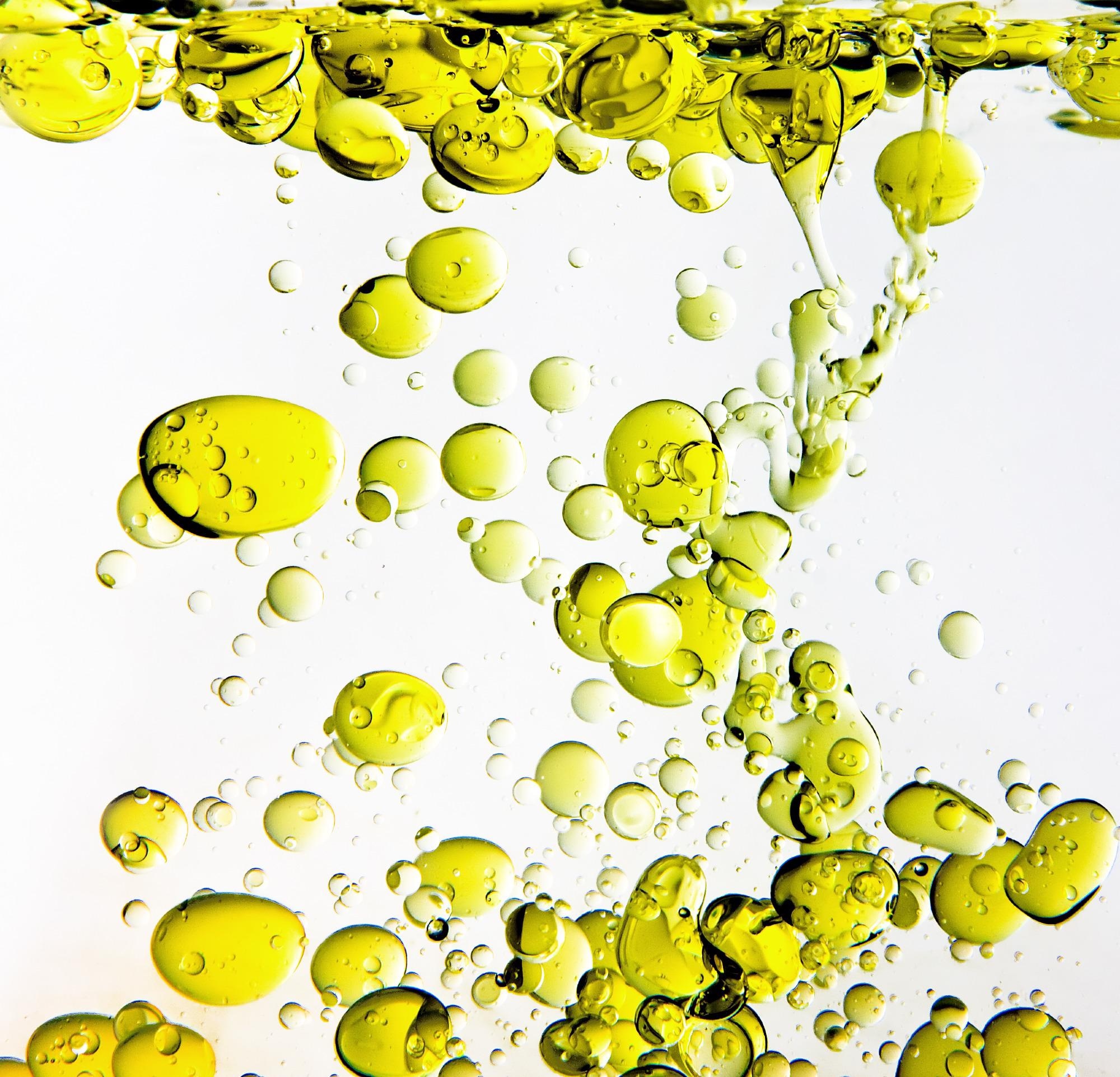
Image Credit: Shutterstock.com/ nexus 7
The oil droplets harness the variable temperature changes in their surrounding environment to store energy and swim. Upon cooling, the droplets emit thin “tail-like” threads into the environment.
The friction produced between the tails and around the fluid forces the droplets making them move. Upon being heated, the droplets further retract their tails going back to their original state, and harvesting the heat from their surroundings to recharge.
The team demonstrated that the droplets recharge several times and can swim for up to 12 minutes at once.
In biology, research shows that to create even the simplest artificial cells we need over 470 genes. However, through this international collaboration, we show that just by using a few simple and inexpensive components we can create a new type of active matter that can change shape and move just like a living thing.
Dr. Stoyan Smoukov, Study Author and Reader in Chemical Engineering, Queen Mary University of London
“We hope that this study will open up the opportunity for people to engage in cutting-edge science. As the only equipment needed is a simple optical microscope, people could create these microswimmers with the most basic laboratory set-ups, or even at home. With thousands of swimmers per drop of water, it’s a world in a drop situation. And when it costs 7p per teaspoon, there's plenty for everyone,” added Smoukov.
There are also other kinds of artificial swimmers, but their movements are either powered by chemical reactions, which form bubbles that push the swimmers via fluids, or by physical forces like electric or magnetic fields. Rather, this new family of swimmers, measuring around the size of a red blood cell, can voluntarily assemble and shift without the need for external forces.
The swimmers are not detrimental to other living things, and so the researchers believe that they could be utilized to study the fundamental interactions between living organisms like algae and bacteria.
In nature we often see large numbers of organisms such as bacteria, grouping together but our understanding of how these organisms interact with each other is incomplete. By mixing our simple artificial swimmers with groups of living organisms we could develop a clearer picture of how biological microswimmers communicate with each other.
Dr. Stoyan Smoukov, Study Author and Reader in Chemical Engineering, Queen Mary University of London
“For example, do they only communicate due to the physical act of ‘bumping’ into each other, or are there other chemicals or signals released into the environment essential for their interaction,” added Smoukov.
Journal Reference:
Cholakova, D., et al. (2021) Rechargeable self-assembled droplet microswimmers driven by surface phase transitions. Nature Physics. doi.org/10.1038/s41567-021-01291-3.